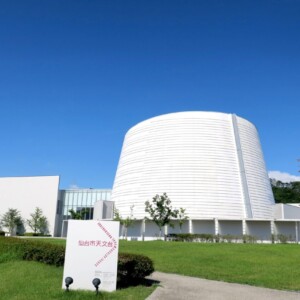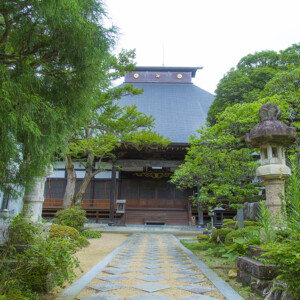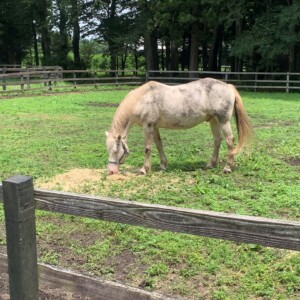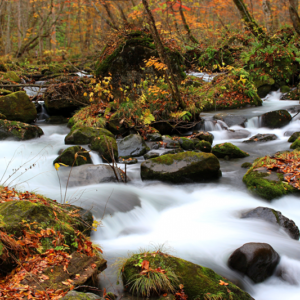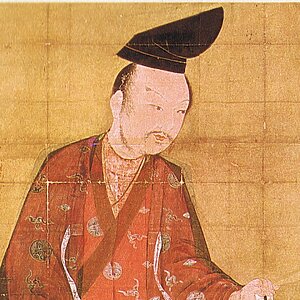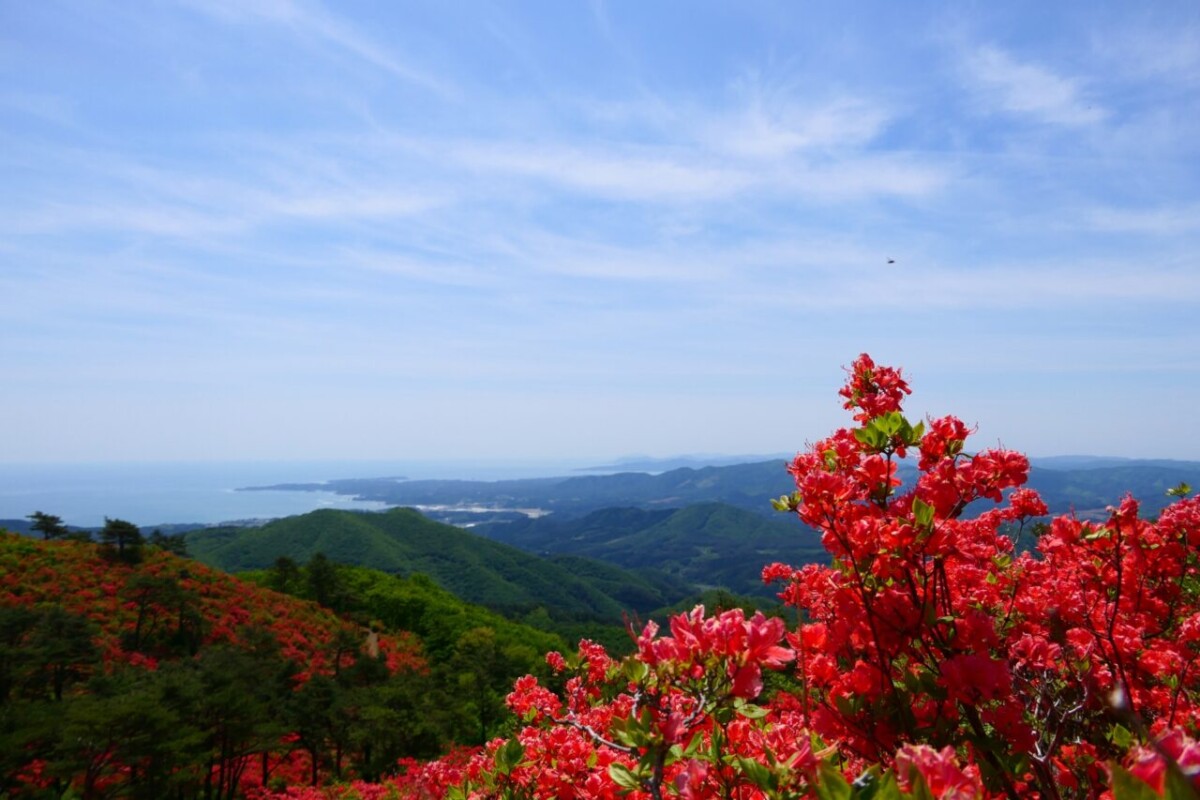
[Kesennuma City, Miyagi Prefecture] A bright red carpet covers the entire mountain. The best azalea spot in Japan! Tokusenjozan
table of contents
Towering over Kesennuma City in northeastern Miyagi Prefecture, Mount Tokusenjo is a 711m-high mountain renowned as Japan's best azalea spot.
The wild mountain azalea and Renge azalea grow over an area of 50 hectares, roughly the size of 10 Tokyo Domes, and are said to number more than 500,000.
They reach peak bloom from mid- to late May, painting the entire mountain in shades of red and orange, making you feel as if you've wandered into autumn foliage season.
The crimson-hued peak can be seen from far away in the plains, and the contrast between the green of the surrounding mountains and the crimson of Mt. Tokusenjo is stunning
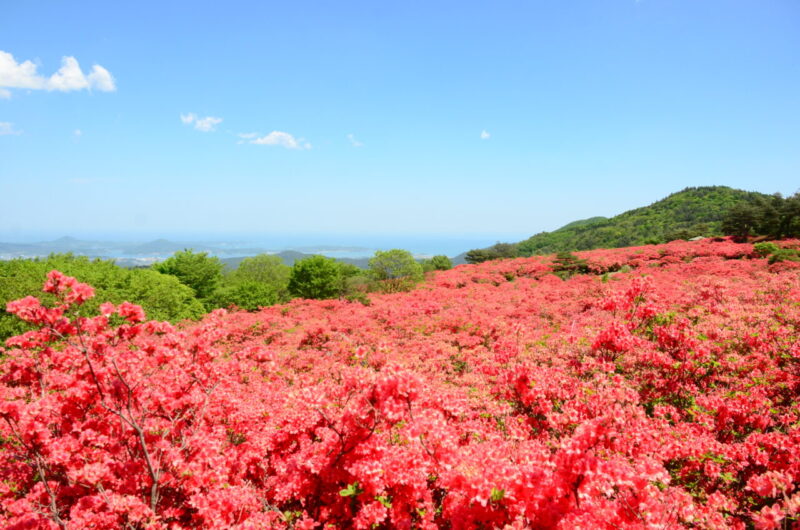
Why it became a famous azalea spot
Mount Tokusenjo was home to the Tokusen Copper Mine, which mined copper from the early Taisho period until 1950
After burning and forest fires, the land was used as pasture, etc
Part of the current hiking trail was built as a firebreak
After that, as a result of numerous forest fires and reforestation projects, the climate of Mt. Tokusenjo and the soil around the summit called "Kuro no Boku" were suitable for the growth of azaleas, and it is said that a large colony of wild mountain azaleas has developed
About 30 years ago, the azalea plants were small and even locals didn't pay much attention to them
However, the late Sasaki Umeyoshi, a member of the Kesennuma City Council at the time, was fascinated by the azaleas that bloomed in the mountains, and in 1976, he and his colleagues worked together to cut the ivy that had entangled the undergrowth and azaleas, while also calling for the need for "nurturing and managing the azaleas."
As a result of this work, the azaleas that had been shaded by the vegetation grew large and began to brilliantly color the mountain, and the city later took over weeding and maintenance of the footpaths. Mr. Sasaki formed the "Tokusenjo Nature and Azalea Protection Society" with volunteers, and hosted the "1st Azalea Festival" in 1978. His will is now carried on by the "Tokusenjo Azalea Lovers Society," which holds the Azalea Festival and carries out nature conservation activities
At the same time as Mr. Sasaki's activities, the late Takashi Sudo, who was a town council member at the time in Motoyoshi town to the south, asked the town council to "protect the azaleas, which are a valuable asset of this town." He appealed to the town about the charms of the azaleas and the need to maintain the mountains, and he personally cut the grass to create an environment suitable for the azaleas to grow, which led to the launch of azalea conservation activities as a town project in 1981
The passionate passion of these two pioneers and the steady efforts of local people who shared their passion have shaped cities and towns, and are the foundation for the azaleas of Mt. Tokusenjo to become famous throughout the country
Characteristics of azaleas
Azalea is a general term for plants of the genus Rhododendron in the family Ericaceae. It is widely distributed mainly in Asia and is so beloved that it is the national flower of Nepal
It blooms from the time the cherry blossoms finish blooming until early summer
Since it can be trimmed, it is often used as a hedge and is also planted in a variety of places, such as at the base of low street trees
Access route to Mt. Tokusenjo

There are two access routes to Mt. Tokusenjo, from the Kesennuma side in the north and the Motoyoshi side in the south. The road on the Motoyoshi side in the south is narrow, so only standard cars can pass through, and care should be taken when driving
Kesennuma side
There used to be an unpaved section on the Kesennuma side, but it is now a paved road with one lane in each direction, allowing large vehicles to pass through
There is also a parking lot, with space for three large buses and space for standard cars that can accommodate a total of 150 cars
Motoyoshi side
On the other hand, on the south side of Motoyoshi, the road is narrow and only standard vehicles can pass through
If you have trouble passing oncoming vehicles, we recommend accessing the road from the Kesennuma side
There are three parking lots near the trailhead that can accommodate a total of 80 cars
Climbing route
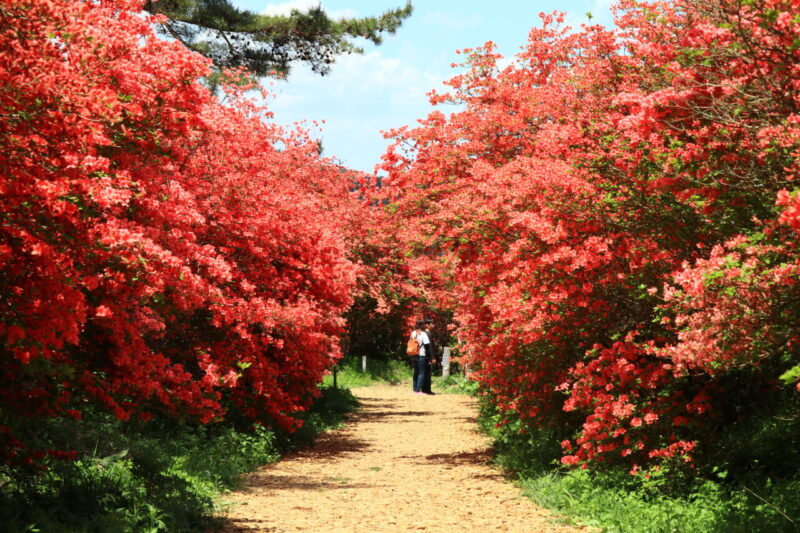
Kesennuma side trailhead
From the Kesennuma trailhead, it takes about 15 minutes to reach the first observation deck
From the first observation deck, you can get a panoramic view of the Azalea Plain, where you can see the azaleas blooming on an overwhelming scale
Five minutes further on from the first observation deck is the second observation deck, and further on from there you will come to the Azalea Highway, which looks like a tunnel of azaleas, with azaleas growing in clusters taller than a person
Motoyoshi side trailhead
From the trailhead on the Motoyoshi side, there is a steep slope before you reach the ridge path, but once you reach the ridge path, views open up to the north and south, offering an exhilarating feeling. There is also the "Ridge Path Course," which uses a work path and is gentler, making it easy for people of all ages, from children to the elderly, to walk
What equipment and time is required?
Either route from the Kesennuma side or the Motoyoshi side will take you to the summit in about 40 to 60 minutes
You can stroll around like you're having a picnic, and as long as you're wearing appropriate clothing for exercise, you don't need any serious mountain climbing gear, so anyone can climb with confidence!
However, there are no shops along the way, so be sure to bring plenty of drinks with you to stay hydrated!
Tokusenjozan<Information>
- Name: Tokusenjozan
- Address: Akaiwamonomi, Kesennuma City, Miyagi Prefecture, 988-0165
- Parking (free)
- Kesennuma side: 150 standard-sized vehicles, 3 large vehicles
- Motoyoshi side: 80 standard-sized cars
- Best time to see azaleas: Mid to late May
- URL: Kesennuma Tourism Organization




![[Kesennuma, Miyagi Prefecture] The Shark Museum in “Sea City” is popular! Enjoy shark fin ramen shark](https://jp.neft.asia/wp-content/uploads/2018/09/027672cf178d860766b0a665d907479b_s-150x150.jpg)
![What is "Galaxy Gotto" designed by Matsumoto Reiji on Galaxy Express 999? [Kesennuma City, Miyagi Prefecture] Galaxy Gotto](https://jp.neft.asia/wp-content/uploads/2023/02/galaxy-gotto-150x150.jpg)
![[Miyagi/Iwate] For memories of summer vacation! Journey of the Pokemon Train Kesennuma between Ichinoseki and Kesennuma pokemon1](https://jp.neft.asia/wp-content/uploads/2023/06/pokemon1-150x150.jpg)
